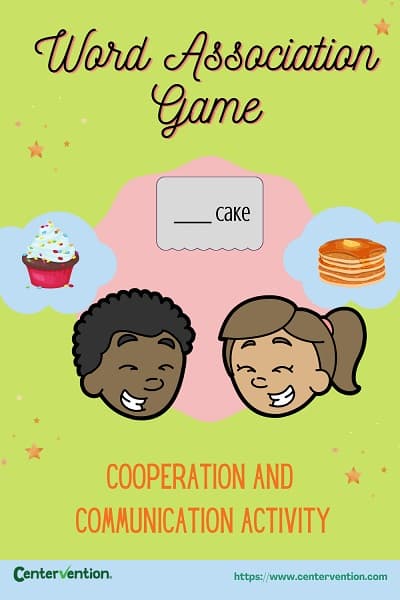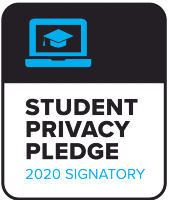This fun word association game will help you get ahead of conflict by helping students understand the connection between experience and perspective.
Though we can’t promise they’ll never disagree again, we’re sure they will enjoy this activity that also develops communication and cooperation skills!
For minor differences of opinion in the classroom, guiding students through the process of agreeing to disagree can be effective. Other times, focused conflict resolution activities may be helpful. Whatever strategies you choose, it’s important to help students appreciate the range of opinions and experiences in the room. Educator Nicholas Kleve explains, “As teachers, we must work to ensure our students are able to take different perspectives.”
Recommended Grade Level: Elementary and Middle
SEL Skill(s): Communication, Cooperation
Duration: 30 minutes
Materials: Word Association Cards (Available when logged in to your Centervention Educator account).
Word Association Game Instructions
Print out a set of Word Association Cards for each pair of students. Alternatively, for each round you may call out the prompt or write/project it on the board.
How do you play Word Association Games?
Word association games provide players with a word and ask them to say the first thing that comes to mind. For our version, partners are given half of a compound word and will need to fill in the blank with what they think fits. But look out: many of the words have a variety of acceptable answers!
As students explore their ideas of what “belongs” on the blank, they’ll have a chance to discuss their reasoning and practice respectful communication. They’ll discover that sometimes we might think the same way as our friends, but other times we can listen to learn about different ideas.
Gather students and tell them it’s time for a game. On the board, write ____cake. Tell students not to say what they think goes in the blank but to keep it in their minds.
- Say: “On the count of 3, I want you all to whisper-speak what you think goes on the blank. Ready? 1, 2, 3…”
Ask students about their answers and note that there are different ways to fill in the blank (birthday cake, cupcake, pancake, carrot cake, chocolate cake, etc.). Invite students to share why they chose their words.
- Say: “I notice we have many different answers, and they’re all great! Sometimes we can see the same thing, but think in different ways!”
Model
Tell students they will play a game with a partner that allows them to test out more words and compare their answers.
Say: “Matching answers are great, but so are different ones! They allow us to learn more about each other and to think in new ways.”
With a student, model how the game will be played:
- Partners take turns drawing a card.
- Partners silently think about the word and what might go in the blank.
- Partners count to 3 out loud together then say their answers.
- For matching answers, partners high-5.
- If answers don’t match, partners ask What made you think that? and comment I never thought of it that way-thanks for sharing.
Say: “This is a great chance for you to learn more about what your classmates think and to appreciate each other’s thoughts and stories.”
Distribute cards to partner teams and allow time for play. Circulate to support.
Closure
Regroup and ask students to share their experiences.
Ask:
- What was one you expected to match but didn’t?
- What matched that you didn’t expect?
- What did you learn about your partner?
- What did you learn about how people think about things?
Say: “It’s important to remember that we come to the classroom with different ideas, which can be exciting! It’s also helpful to think about how to listen and learn from each other. When we do that, we get to see things in new and different ways.”
Word Association Game Extensions
- Make an anchor chart of appropriate questions and responses when working through differences of opinion (What made you think that? and I never thought of it that way-thanks for sharing!).
- Use the blank cards in the printable to add your own compound words.
- Create additional cards related to content area topics, such as associations for vocabulary words.
- For virtual learners, play the game as a group using chat.

